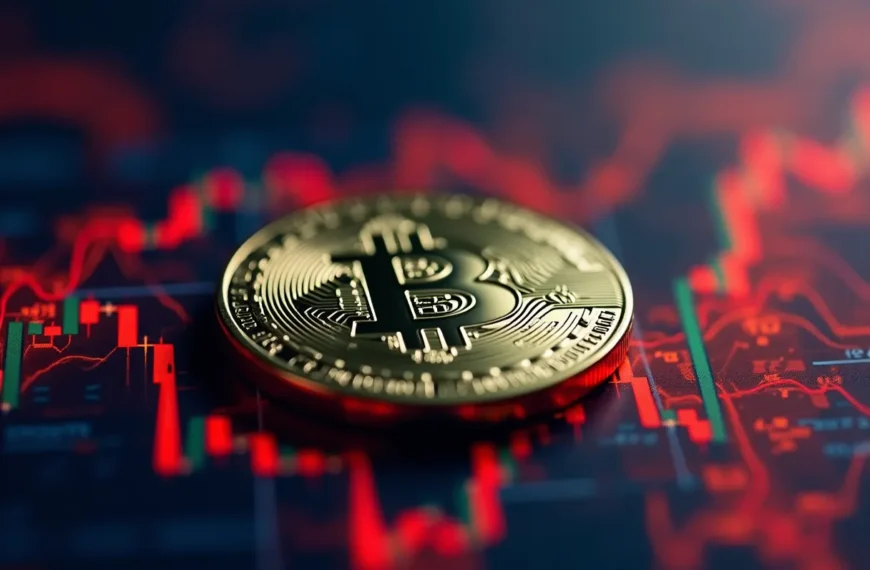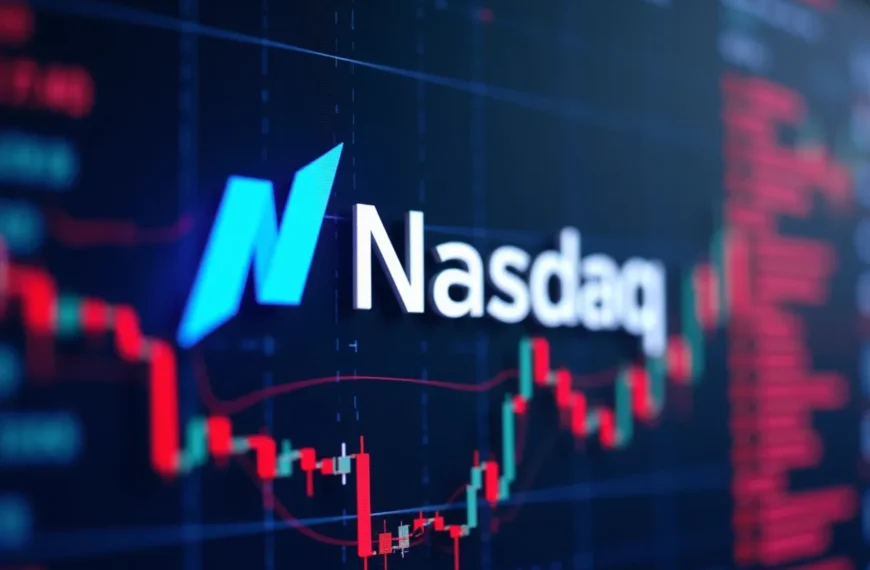Aave Proposes New Tokenomics, Shifting Revenue and Liquidity Management
Aave has introduced a significant proposal aimed at updating its tokenomics, which promises to reshape the landscape for AAVE holders, liquidity providers, and the overall functioning of the Aave protocol. The new framework addresses various aspects of governance, treasury management, and liquidity incentives, marking a pivotal moment in Aave’s journey.
Key Features of the Avenomics Update
The Aavenomics update introduces several critical components designed to enhance the efficiency and sustainability of the Aave ecosystem. Below are the essential takeaways:
Aave Finance Committee (AFC) and Its Role
The establishment of the Aave Finance Committee is a groundbreaking step in Aave’s governance framework. The AFC will have comprehensive authority over treasury management, focusing on:
This committee represents a shift towards a more structured and accountable governance model, enabling Aave to navigate the complexities of the crypto market efficiently.
Understanding Anti-GHO
The introduction of Anti-GHO is a game-changer for AAVE stakers. This non-transferable ERC20 token replaces the current GHO discount model, offering a more flexible approach to managing GHO debt. Key aspects include:
The Anti-GHO mechanism represents a strategic pivot that aligns with Aave’s objectives of promoting user engagement and capital efficiency.
Revisions to Secondary Liquidity Incentives
Aave proposes adjustments to its secondary liquidity incentives, which are crucial for maintaining market stability. The current annual expenditure of approximately $27 million is under review, with the new strategy aiming to:
These changes are essential for ensuring that Aave can continue to attract liquidity while managing resources effectively.
The Buyback Program and Its Implications
The buyback program outlined in the Aavenomics update is a strategic move to enhance the value of AAVE tokens in circulation. Key highlights include:
This initiative demonstrates Aave’s commitment to maintaining a robust ecosystem and enhancing value for its stakeholders.
Conclusion
The proposed updates to Aave’s tokenomics signify a transformative phase for the protocol. With the establishment of the Aave Finance Committee, the introduction of Anti-GHO, revisions to liquidity incentives, and a strategic buyback program, Aave is positioning itself for sustainable growth in the DeFi landscape.
These changes not only enhance the user experience for AAVE stakers but also ensure that the protocol is well-equipped to navigate the challenges of the evolving cryptocurrency market. As the Aave DAO continues to engage with the community for feedback, the proposed Aavenomics update is set to redefine the future of the Aave ecosystem.
In summary, Aave’s commitment to innovation, transparency, and community involvement reflects its vision of becoming a leading player in decentralized finance. As we await the implementation of these changes, it is clear that Aave is taking bold steps to secure its position in the competitive crypto landscape.






